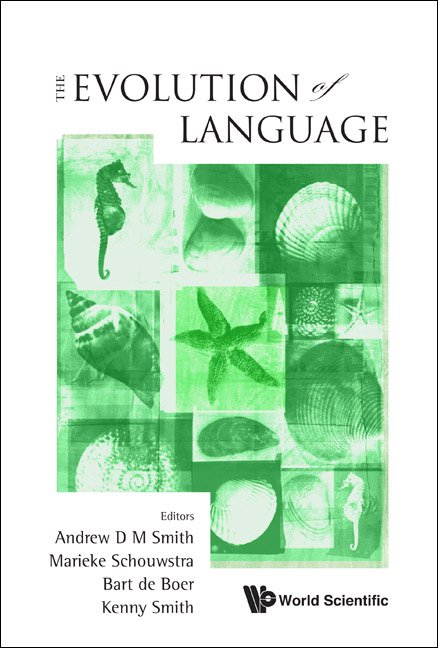A MOLECULAR GENETIC FRAMEWORK FOR TESTING HYPOTHESES ABOUT LANGUAGE EVOLUTION
Because language doesn't fossilize, it is difficult to unambiguously time the evolutionary events leading to language in the human lineage using traditional paleontological data. Furthermore, techniques from historical linguistics are generally seen to have an insufficient time depth to tell us anything about the nature of pre- modern-human language. Thus hypotheses about early stages of language evolution have often been seen as untestable "fairy tales". However, the discovery of human-unique alleles, associated with different aspects of language, offers a way out of this impasse. If an allele has been subjected to powerful selection, reaching or nearing fixation, statistical techniques allow us to approximately date the timing of the selective sweep. This technique has been employed to date the selective sweep associated with FOXP2, our current best example of a gene associated with spoken language. Although the dates themselves are subject to considerable error, a series of different dates, for different language-associated genes, provides a powerful means of testing evolutionary models of language if they are explicit and span the complete time period between our separation from chimpanzees to the present. We illustrate the potential of this approach by deriving explicit timing predictions from four contrasting models of "protolanguage." For example, models of musical protolanguage suggest that vocal control came early, while gestural protolanguage sees speech as a late addition. Donald's mimetic protolanguage argues that these should appear at the same time, and further suggests that this was associated with Homo erectus. Although there are too few language-associated genes currently known to resolve the issue now, recent progress in the genetic basis for dyslexia and autism offers considerable hope that a suite of such genes will soon be available, and we offer this theoretical framework both in anticipation of this time, and to spur those developing hypotheses of language evolution to make them explicit enough to be integrated within such a hypothesis-testing framework.



